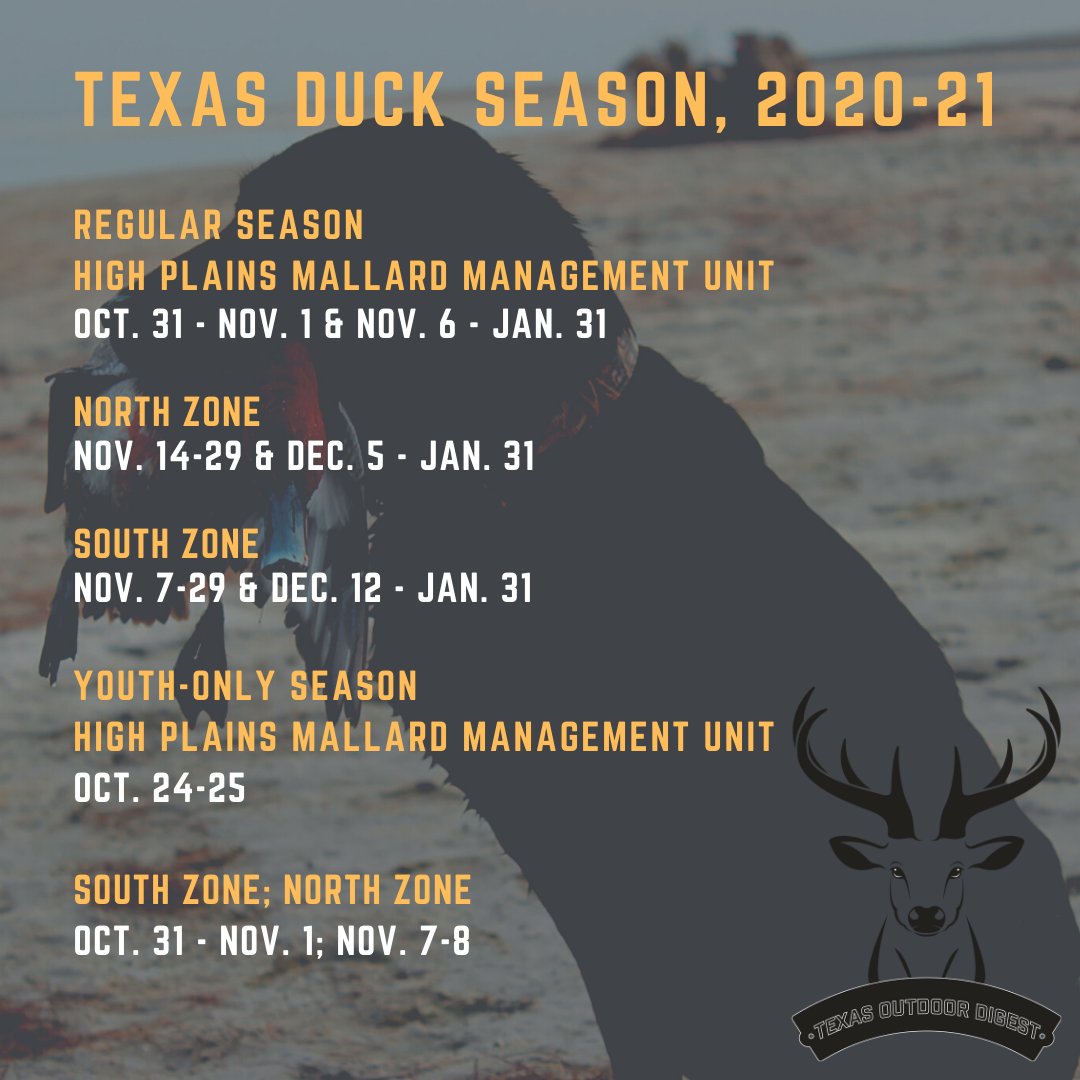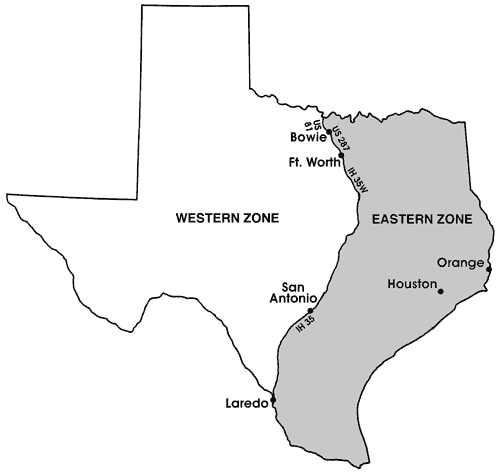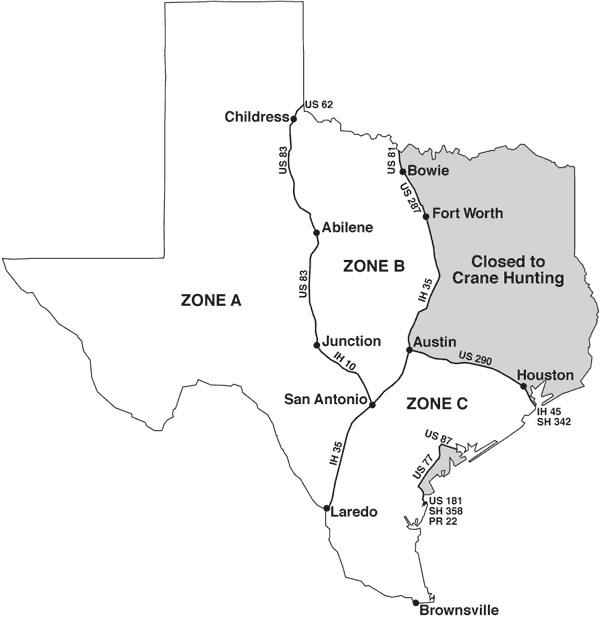
Texas waterfowl seasons are here once again, and while the Lone Star State has always been a duck, goose and sandhill crane hunting hot spot, this fall and winter will bring uncertainty for those willing to invest the time and effort.
First and foremost, this year’s hunts will be unprecedented due to the COVID-19-forced cancellation of the annual waterfowl survey done by U.S. Fish & Wildlife and its Canadian counterparts that dates back decades and typically provides a good snapshot of what hunters can expect for fall and winter flights.
While there simply isn’t a reliable count on waterfowl to accurately convey the overall estimate in the Central Flyway and other flight paths, the overall duck and goose pursuit should be well worth the effort, said Kevin Kraai, waterfowl program leader with the Texas Parks and Wildlife Department.
“Like everything else in 2020, it has been very different (for waterfowl management), but we’ve had really good contact with our biologists and colleagues in the breeding grounds areas so we actually have a pretty good picture of what has gone on in terms of habitat conditions and productivity. With all that being said, it’s a mixed bag in terms of what’s been good and not entirely great for the landscape,” Kraai said.
“We are on our third consecutive year of either above-average or exceptional breeding conditions in the Dakotas. In talking to my colleagues up there, they reinforced that the conditions were as good as they have even seen, which translates into a huge portion of the breeding grounds producing a significant number of young ducks. We already observed that during the early teal season (in September) here in Texas with many more reports than usual of the amount of younger birds in the flight.
“Despite not having a (federal) survey, we’re looking at really good indications that there was an extremely good production year, and a very important part of the country that’s significant to Texas waterfowl and especially the Gulf Coast.
“From a species standpoint, I’m hearing that blue-winged teal did exceptional, especially up in the Rolling Plains and High Plains, as well as northern pintails and gadwall. It’s those species, as well as shovelers and green-winged teal which nested in the eastern Dakotas, that did very, very well. Some of those species like bluewings, greenwings and shovelers could be near record highs so those things are all good for the Texas coast especially.
“We’ve also been seeing an increasing trend in the ever-important redhead population and wetland conditions in the breeding grounds have been beneficial to redheads. We’ve seen a continuation of draining of wetlands in agricultural areas of the Dakotas and into Canada, which has translated into an increase in larger and more permanent water sources as it’s being pushed downhill. That’s helping increase the emergent vegetation they need to nest in so we’re seeing an increase in redheads over the last few years and that should continue as well.”
Texas Wildlife Management Areas offer excellent public waterfowl hunting
Kraai noted that the Texas coast, which features nearly unlimited public area to hunt and is always a hot spot regardless of conditions, faces adversity related to Mother Nature.
“The Gulf Coast has certainly been through some turmoil this year with multiple storms that impacted the areas as you moved up the coast toward the Louisiana border. The flooding and storm surges from those hurricanes and tropical storms did push a lot of saltwater farther inland up into those critical marsh areas,” Kraai said. “Good rains will help flush those areas out but we were holding saltwater in marsh that is typically fresh and that can be quite damaging over time to many of the submerged aquatics in the brackish to fresh marsh that are so important to waterfowl.
“You never want too much rain during the fall because it will spread the birds out but those individuals who purposely put water on the landscape through whatever means are really looking good in a year like this where much of the state is in drought.”
Kraai noted that the Panhandle will face extremely tough hunting conditions, again thanks to Mother Nature.
“I’ve spent most of my life up here and it’s about as dry as I’ve ever seen it. We’re looking at natural playa basins, which is something like 28,000, holding less than 1% of their capacity (in mid-October),” Kraai said. “Record highs and dry winds are ‘playa eaters’ so we’ve had our share of those conditions all summer and into the fall. As far as the Panhandle, the duck outlook isn’t looking very good due to the lack of permanent water. When you’re talking about geese, the thing that’s changed in the past couple of decades up here is these small Canada geese have adapted and changed their patterns so much that they’re more comfortable sitting inside the city limits of any of these communities than on a playa lake. The goose hunts are going to a lot closer to town as you’ve got good concentrations of birds in cities heading into agricultural fields in the morning and coming back in the evening. Most cities in the Panhandle and Rolling Plains now have either town lakes or effluent ponds for their water and those geese really pile into those areas during dry conditions and stay there.
“The goose hunting in the Panhandle will be better than the hunting for ducks and (sandhill) cranes simply because those species are going to fly right over the dry areas and probably end up in the areas south of Lubbock and into other spots in the Rolling Plains. There are always areas of what I call ‘industrial water’ where you’ve got a feedlot or some type of plant that holds some type of moisture and there could be some opportunities around those spots due to a lack of water on the landscape.
“This the first year in almost 30 seasons I didn’t shoot a blue-winged teal (in the Panhandle) simply because there just wasn’t any place holding water to hunt.”
While the Rolling Plains as a whole faces somewhat tough hunting conditions, the region also holds the one key area Kraai thinks will be excellent for waterfowl hunts this fall and winter.
“One really bright spot in the state due to the lack of playas is that Winchester Lakes area – Knox and Haskell counties north of Abilene – which will probably be as good as it’s ever been,” Kraai said. “Their basins had been holding water and there’s obviously peanuts and various other grains in that country. I suspect they’ll see unprecedented numbers of birds on that landscape knowing how dry the other typical hot spots have been.
When it comes to goose hunting, the pursuit has and will continue to evolve, which isn’t necessarily a good thing for Texas hunters.
“Due to COVID, there’s a gap in information on geese from Canada because their wildlife service didn’t send biologists to the goose colonies this year. That means we didn’t know too much about the productivity of snow geese and white-fronted geese until they started arriving in the prairie regions,” Kraai said. “My colleagues in Canada had been doing studies on the number of young birds in a flock and unfortunately we’re seeing another trend during the past decade of poor production in the Arctic region. The conversation forever had been about an overabundance of geese and in just a few short years our estimates are showing that the overall population has decreased by half.
“What we’ve seen is that geese are arriving earlier in the nesting grounds and once they’ve hatched their young, there aren’t enough resources to support them and they’re dying off. They’re essentially hatching them too early before it warms up and without the greens and vegetation they need, they aren’t surviving, and that’s been going on for almost a decade.
“Those Canadian biologists that have been observing these flocks as they’re arriving into Alberta, Saskatchewan and Manitoba are saying that most of the flocks are showing only about 2% or 3% of the flock is composed of young birds, which is very low. If we were talking those same numbers of ducks, we would be very upset with those figures. When you’re shooting at whatever species of duck you’re hunting, the makeup of the flock is at least 50% young birds, if not higher.
“As we’ve seen in recent years with an older population of smarter geese, the hunter success rate has gone way down. It’s a poor recipe for success when you’re trying to hunt birds that have been hunted heavily. Unlike some other biologists, I’m a big fan of large populations of snow geese so it’s definitely concerning.
“One interesting thing that I’m curious to see how it plays out is that no nonresidents were allowed into Canada to hunt this year. The Canadian border was closed to hunters from the U.S. and that’s a significant portion of the Canadian harvest coming from Americans. You’re potentially looking at a lot of ducks and geese that are going to survive the fall that normally wouldn’t have historically and you’re looking at a lot of ducks and geese that aren’t going to be as pressured as they would have been in a typical season.
“Overall things aren’t looking great due to the range conditions but we’re also coming off about a five-year stretch of being wetter than normal.”
One of the brightest silver linings to the ongoing global pandemic is the fact that more folks are getting outdoors, Kraai said. That’s certainly good for the future of hunting and hunters who were recruited into outdoors pursuits this year, which could be a result of social distancing and COVID fatigue.
“We’re seeing significant increases in all things outdoors. We’ve already seen it in our hunting license numbers and HIP (Harvest Information Program) certifications, and the one thing you can say is that the pandemic has made it clear to folks that the outdoors is wide open,” Kraai said. “During teal season (in September) we actually were turning hunters away from our wildlife management areas for the first time in our history. We were completely filled up and broke all records for harvests and for participation.
“It’s never something we want to do but we just didn’t have room for some hunters, which is a good indicator that more people are taking notice and getting outdoors, which is something we want folks to do. It’s always a good conversation to have about opening up more opportunities for people to hunt.”
Texas Waterfowl Hunting Seasons

Ducks
North Zone
Regular season: Nov. 14-29, 2020 & Dec. 5, 2020 – Jan. 31, 2021
“Dusky” duck: Nov. 19 – 29, 2020 & Dec. 5, 2020 – Jan. 31, 2021
Youth-only: Nov. 7-8, 2020
South Zone
Regular season: Nov. 7-29, 2020 & Dec. 12, 2020 – Jan. 31, 2021
“Dusky” duck: Nov. 12 – 29, 2020 & Dec. 12, 2020 – Jan. 31, 2021
Youth-only: Oct. 31 – Nov. 1, 2020
High Plains Mallard Management Unit
Regular season: Oct. 31 – Nov. 1, 2020 & Nov. 6, 2020 – Jan. 31, 2021
“Dusky” duck: Nov. 9, 2020 – Jan. 31, 2021
Youth-only: Oct. 24-25, 2020

Geese
East Zone
Light & dark geese: Nov. 7, 2020 – Jan. 31, 2021
Light goose conservation order: Feb. 1, 2020 – Mar. 14, 2021
West Zone
Light & dark geese: Nov. 14, 2020 – Feb. 14, 2021
Light goose conservation order: Feb. 15, 2020 – Mar. 14, 2021

Sandhill Cranes
Zone A: Oct. 31, 2020 – Jan. 31, 2021
Zone B: Nov. 27, 2020 – Jan. 31, 2021
Zone C: Dec. 19, 2020 – Jan. 24, 2021
Texas Waterfowl Bag Limits
Duck Bag Limit: 6/day in the aggregate to include no more than 5 mallards, of which only 2 may be hens, 3 wood ducks, 1 scaup, 2 redheads, 2 canvasback, 1 pintail, 1 “dusky duck” (mottled, black or Mexican-like) may only be taken after the first 5 days of the season in the respective zones. Mergansers: 5/day with no more than 2 hooded mergansers. Coots: 15/day. Possession limit is 3 times the daily bag limit for all migratory game birds except snow geese which have no possession limit.
Goose Bag Limit: 5 dark geese, to include no more than 2 white-fronted geese, 10 light geese (no possession limit on light geese). No bag limit or possession limit during light goose conservation order framework.
Sandhill Crane Bag Limit: Zones A and B: Bag Limit: 3, possession limit 9; Zone C: Bag Limit: 2, possession limit 6
Texas hunting accident deaths center on improper handling of firearms




















